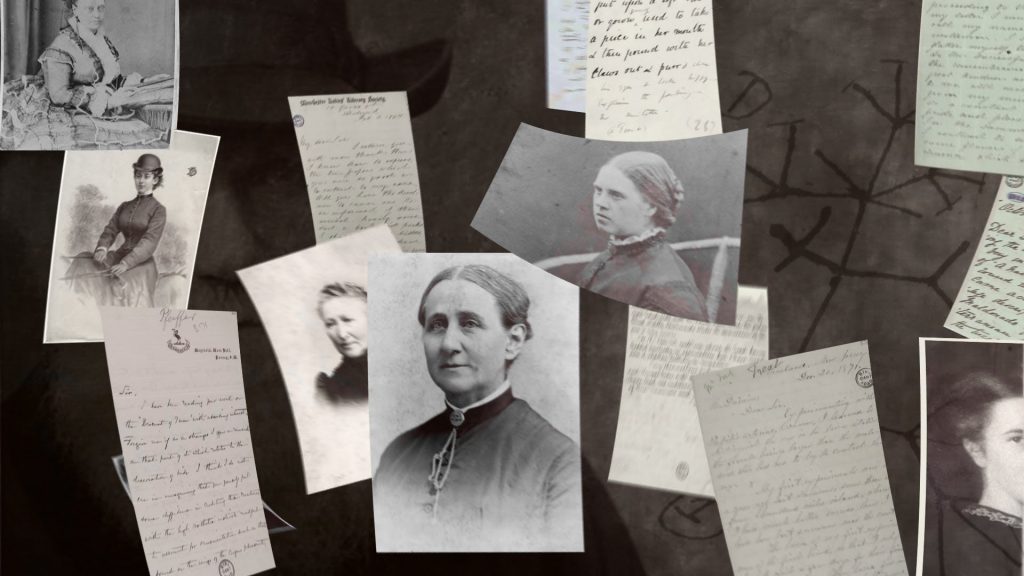Delving into the depths of Charles Darwin’s life and legacy, “Darwin’s Women” opens a captivating window into the intricate world of the renowned naturalist. The documentary, presented as part of the ongoing Darwin Correspondence Project, embarks on a meticulous exploration of the extensive collection of letters exchanged by Darwin, uncovering a trove of more than 15,000 missives he either sent or received. As these letters come to life, the audience is granted an intimate glimpse into the personal and professional relationships that shaped Darwin’s thoughts, theories, and, notably, his interactions with the women in his life.
The heart of the documentary lies in the revelation of the full texts of these letters, a monumental undertaking published in “The Correspondence of Charles Darwin.” With 20 volumes released to date and more to come, this literary endeavor provides a comprehensive look at the exchanges that fueled Darwin’s intellectual pursuits. Notably, over 7,500 of these letters are available to the public for free on the Project’s website, allowing enthusiasts and scholars alike to immerse themselves in the words that passed between Darwin and his correspondents. The archive, primarily housed in Cambridge University Library, serves as a testament to the global reach of Darwin’s influence, with letters scattered across archives and private collections worldwide.
The research showcased in “Darwin’s Women” emerges as a pivotal contribution to the broader “Darwin & Gender” project. This initiative delves into the nuanced intersection of Darwin’s ideas and the concept of gender, shedding light on how societal constructs influenced and were influenced by the naturalist’s groundbreaking work. As the documentary unfolds, viewers are invited to ponder the role of the women in Darwin’s life—whether family, friends, or fellow intellectuals—and their impact on his scientific journey. The correspondence, a treasure trove of historical insight, transcends the academic realm, providing a humanizing lens through which to view one of the most influential figures in the history of science.

